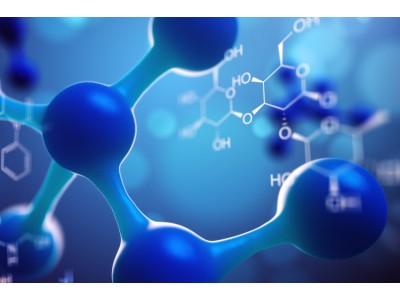| Bioactivity | TMPD dihydrochloride, a readily oxidizable compound, is an enzymatically convert redox active substrate molecule. TMPD dihydrochloride is also an electron donor and serves as a reducing cosubstrate for heme peroxidases[1][2]. TMPD dihydrochloride is also a complex IV substrate[3]. |
| Invitro | TMPD (N,N,N′,N′-tetramethyl-para-phenylene-diamine) is used in cell culture and microbiology to differentiate organisms that exhibit cytochrome c oxidase activity and to distinguish between Gram-negative and Gram-positive pathogenic and non-pathogenic bacteria. The concept of TMPD oxidation by microorganisms is widely used and is known as a successful colorimetric indicator for bacterial oxidases, as the radical cation TMPD+˙, formed by oxidation, shows a characteristic deep blue colour. The electrochemical recognition of the TMPD oxidation by bacterial oxidases can be applied to a variety of pathogens[1]. |
| Name | TMPD dihydrochloride |
| CAS | 637-01-4 |
| Formula | C10H18Cl2N2 |
| Molar Mass | 237.17 |
| Appearance | Solid |
| Transport | Room temperature in continental US; may vary elsewhere. |
| Storage | 4°C, sealed storage, away from moisture and light *In solvent : -80°C, 6 months; -20°C, 1 month (sealed storage, away from moisture and light) |
| Reference | [1]. S Kuss, et al. Electrochemical recognition and quantification of cytochrome c expression in Bacillus subtilis and aerobe/anaerobe Escherichia coli using N, N, N', N'-tetramethyl- para-phenylene-diamine (TMPD). Chem Sci. 2017 Nov 1;8(11):7682-7688. [2]. Nenad Petrovic, et al. Using N,N,N',N'-tetramethyl-p-phenylenediamine (TMPD) to assay cyclooxygenase activity in vitro. Methods Mol Biol. 2010;594:129-40. [3]. Franco A Rossato, et al. Fatty acid synthase inhibitors induce apoptosis in non-tumorigenic melan-a cells associated with inhibition of mitochondrial respiration. PLoS One. 2014 Jun 25;9(6):e101060. |

TMPD dihydrochloride
CAS: 637-01-4 F: C10H18Cl2N2 W: 237.17
TMPD dihydrochloride, a readily oxidizable compound, is an enzymatically convert redox active substrate molecule. TMPD d
Sales Email:peptidedb@qq.com
This product is for research use only, not for human use. We do not sell to patients.